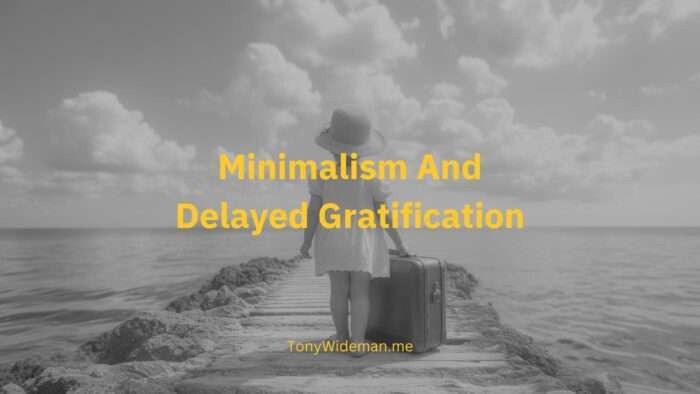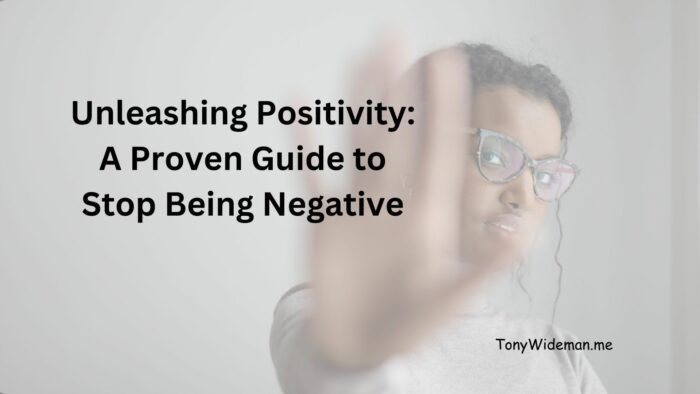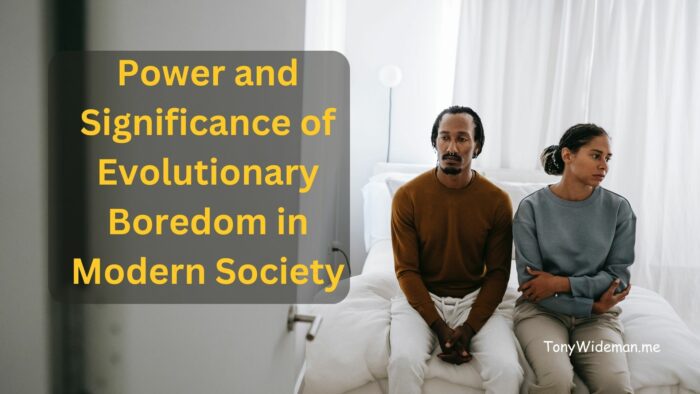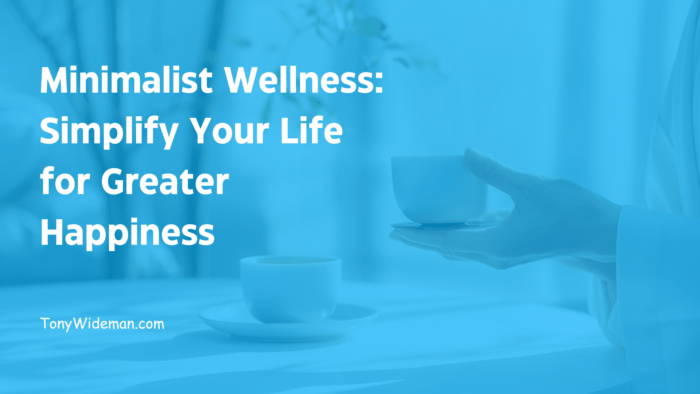The Power Of Saying No: Minimalist Productivity Strategies
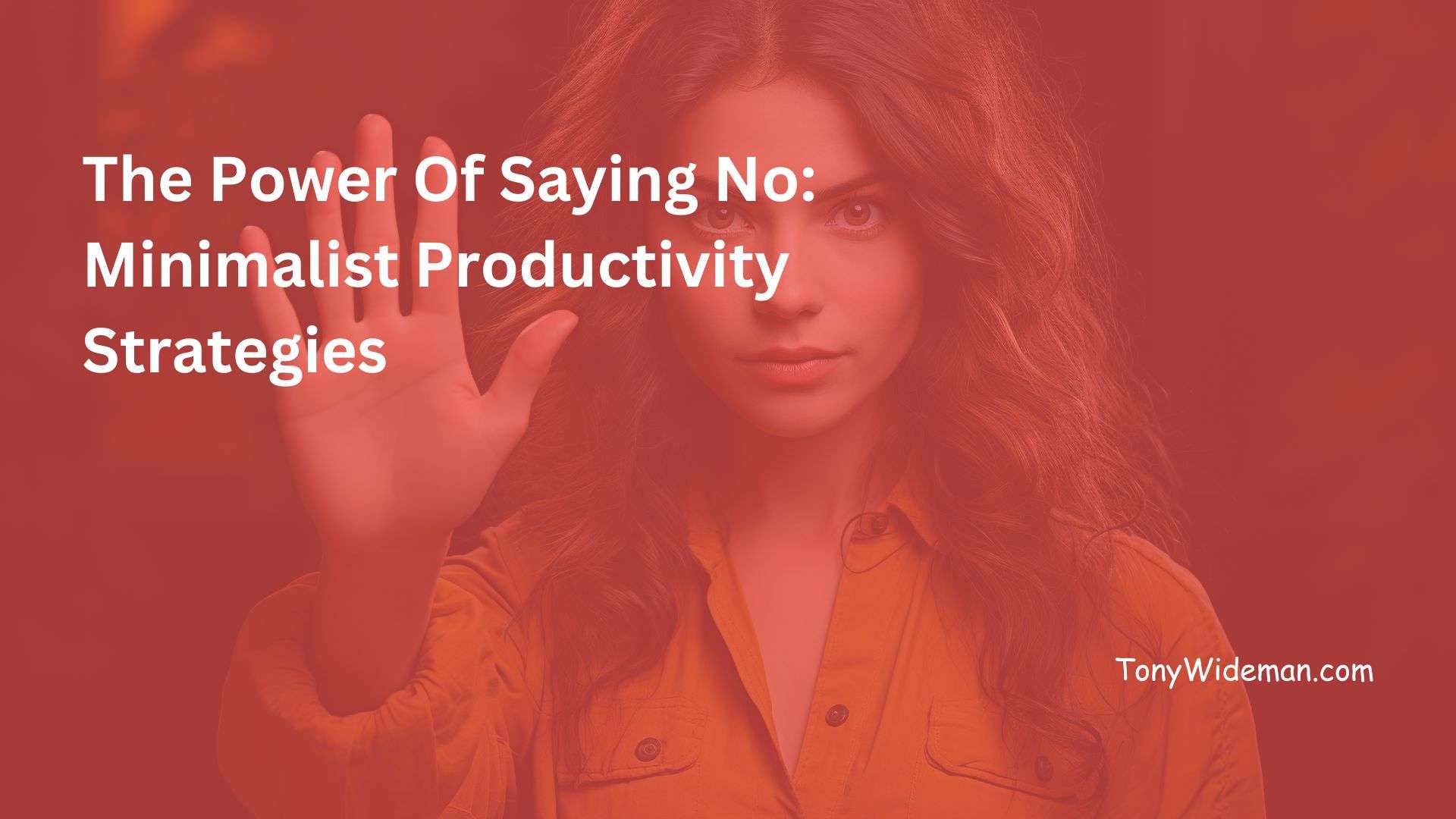
When we talk about productivity, it’s easy to focus on strategies for doing more: more tasks, more projects, more commitments. But the real secret? Doing less—and doing it better.
Saying no is not just about avoiding overwhelm; it’s about making space for what truly matters. Let’s dig into how mastering this skill can unlock your best work and a more balanced life.
Minimalist Productivity Strategies
Saying no can feel like you’re letting folks down, right? But think about it—our time is precious, and while helping out is all sorts of good vibes, spreading ourselves too thin doesn’t help anyone. Recognizing when to step back is a skill worth honing.
Taking that first step to say no might stir up some anxiety. It’s normal. We’ve all been there. The thing is, each ‘no’ can empower us. It strengthens our ability to control our own time and energy. It provides the freedom to focus on what matters, leading to greater fulfillment and success in our personal and professional lives.
Saying no is like training a muscle. The more you practice, the stronger you get at it. It’s not about shutting doors but consciously choosing which ones to walk through. Balance is key. Having clear priorities means knowing what deserves attention and can be gracefully declined.
Ever worry that saying no makes you the bad guy? Flip that thought. It’s not harmful. Each time you decline, you’re valuing your schedule and energy. Plus, it helps others understand your boundaries. Healthy boundaries foster respect and create a structure where everyone, including you, can thrive.
Check out some folks who’ve mastered saying no—it’s like their superpower. Steve Jobs famously said that focus is about saying no. Think about that; these legends amplified their impact by channeling energy towards fewer things. So, saying no isn’t about missing opportunities but making room for the best ones.

Minimalist Productivity: Streamlining Tasks and Focus
Minimalism isn’t just about decluttering your closet; it’s also about decluttering your mind and task list. Imagine a to-do list that doesn’t make you sweat—all about holding onto only the essentials. That’s the heart of minimalist productivity strategies.
Start by figuring out what tasks genuinely move the needle for you. Getting caught up in busy work is easy, but real progress comes from focusing on what matters. Prioritize tasks that align with your goals and let go of the rest. You’ll find more space—not just in your calendar, but in your head.
Getting clear on your tasks means acknowledging the clutter. Whether it’s endless emails or meetings that could’ve been emails, learning to cut the noise is crucial. This doesn’t just mean saying no to others but also to less productive habits. Simplifying everything around you aids in reducing stress and enhancing focus.
Work environments often push for maximum output, which sounds great but can lead to burnout if not managed well. Step back and assess whether adding more contributes to quality or spurs quantity. Embrace minimalism to boost efficiency, not through more hours but more innovative work.
Take a peek at companies that have embraced minimalist productivity strategies and thrived. Some tech giants have adapted less-is-more work models, allowing for more creativity and innovation. It’s not so much about working less—they work smarter, streamlining processes and focusing on what’s truly impactful.
With the digital world constantly buzzing, staying focused is a feat. Social media, notifications, never-ending group chats—they’re distraction traps. Being deliberate about your digital consumption and setting boundaries only boosts productivity and preserves your mental bandwidth. It’s about controlling your workload, not the other way around.

How Saying No Makes Room for Your Priorities
Think of your time and energy like a finite resource—a jar that only holds so much. You take up room in that jar every time you say yes to something. The problem? If you fill it with pebbles (small, less meaningful tasks), there’s no room left for the big rocks—the things that matter most.
Saying no isn’t just about rejecting requests; it’s about protecting space for the things that bring you closer to your goals. It’s about intentionally designing your life rather than letting other people’s priorities shape it.
Why It’s So Hard to Say No (and How to Get Better at It)
Let’s face it: saying no can feel uncomfortable. Maybe you’re worried about letting someone down, being seen as rude, or missing out on an opportunity. But here’s the truth: every yes you give to someone else is a no to something you might need more.
Here’s how to get more comfortable saying no:
- Reframe Your Mindset: Understand that no isn’t a rejection of the person—it’s your choice.
- Practice Polite Declines: You don’t need to explain or over-apologize. A simple “I’m sorry, I can’t commit to this right now” works wonders.
- Think Long-Term: Will this opportunity bring you closer to your big-picture goals? If not, it’s okay to pass.

Examples of Saying No with Grace
Saying no doesn’t have to feel harsh. Here are a few ways to politely decline:
- To a Work Request:
“Thank you for thinking of me! I’m currently at capacity with other projects, so I won’t be able to take this on right now.” - To a Social Invite:
“That sounds fun, but I need some downtime this weekend. Let’s catch up another time!” - To a Volunteer Opportunity:
“I admire what you’re doing, but I can’t commit to helping right now. I hope it goes well!”
The key? Be kind, direct, and honest. Most people will respect your boundaries—and those who don’t might not deserve your yes anyway.
The Domino Effect of Saying No
When you start saying no, something incredible happens: you free up your energy for your best work. You’ll have the time to invest in projects that excite you, deepen relationships that matter, and take care of yourself without guilt.
It’s not just about being more productive; it’s about being more fulfilled. Instead of feeling stretched thin, you’ll start to feel more in control of your life—and isn’t that the ultimate goal?

Cultivating a Mindful Mindset for Sustainable Productivity
Mindfulness complements minimalist productivity strategies. A mindful approach to your daily schedule gives meaning and intent to your actions. Instead of sprinting through tasks, it’s about being present and making deliberate moves.
Shifting your mindset to incorporate mindfulness can work wonders. Start small, maybe a few minutes daily, focusing on breathing or fully engaging in a single task—no multitasking. This practice builds focus and can significantly reduce stress levels.
Setting achievable goals is the backbone of minimalist productivity strategies. When goals are too lofty or vague, they can be overwhelming. Clearly define your intentions. Small wins lead to more significant victories, and each step fuels motivation.
A favorite mindfulness strategy is the ‘deliberate pause’—these intentional breaks give your brain much-needed rest, boosting creativity and decision-making skills. It’s like hitting reset, only to come back sharper.
Exercises like meditation or mindful walking can be practical tools in your productivity kit. They recalibrate your attention and help center your thoughts. Even simple exercises—taking five deep breaths or reflecting quietly for a moment—can significantly affect how you handle tasks.
Balancing mindfulness with minimalist productivity strategies creates a sustainable approach to progress, not perfection. It’s not about doing more but about doing what matters and doing it well.
Your Action Plan: Start Saying No Today
If you’re ready to harness the power of no, here’s a simple plan to get started:
- Identify Your Priorities: Write down your top three goals or values. Use these as a filter to decide what to say yes to.
- Set Boundaries: Decide in advance how much time or energy you’re willing to commit to extra tasks.
- Practice Declining: Role-play polite refusals in your head or with a friend. The more you practice, the easier it gets.
- Celebrate Your No’s Every time you say no to something that doesn’t align with your goals, give yourself credit. You’re protecting your time and energy—and that’s a win.

Final Thoughts: Saying No Is Saying Yes to Yourself
Saying no isn’t about shutting people out. It’s about opening the door to a more intentional life aligned with what truly matters. So pause the next time you’re tempted to say yes out of guilt or obligation. Take a deep breath. And remember: every no is a yes to something better.
Now go out there and own your time—you’ve got this.

